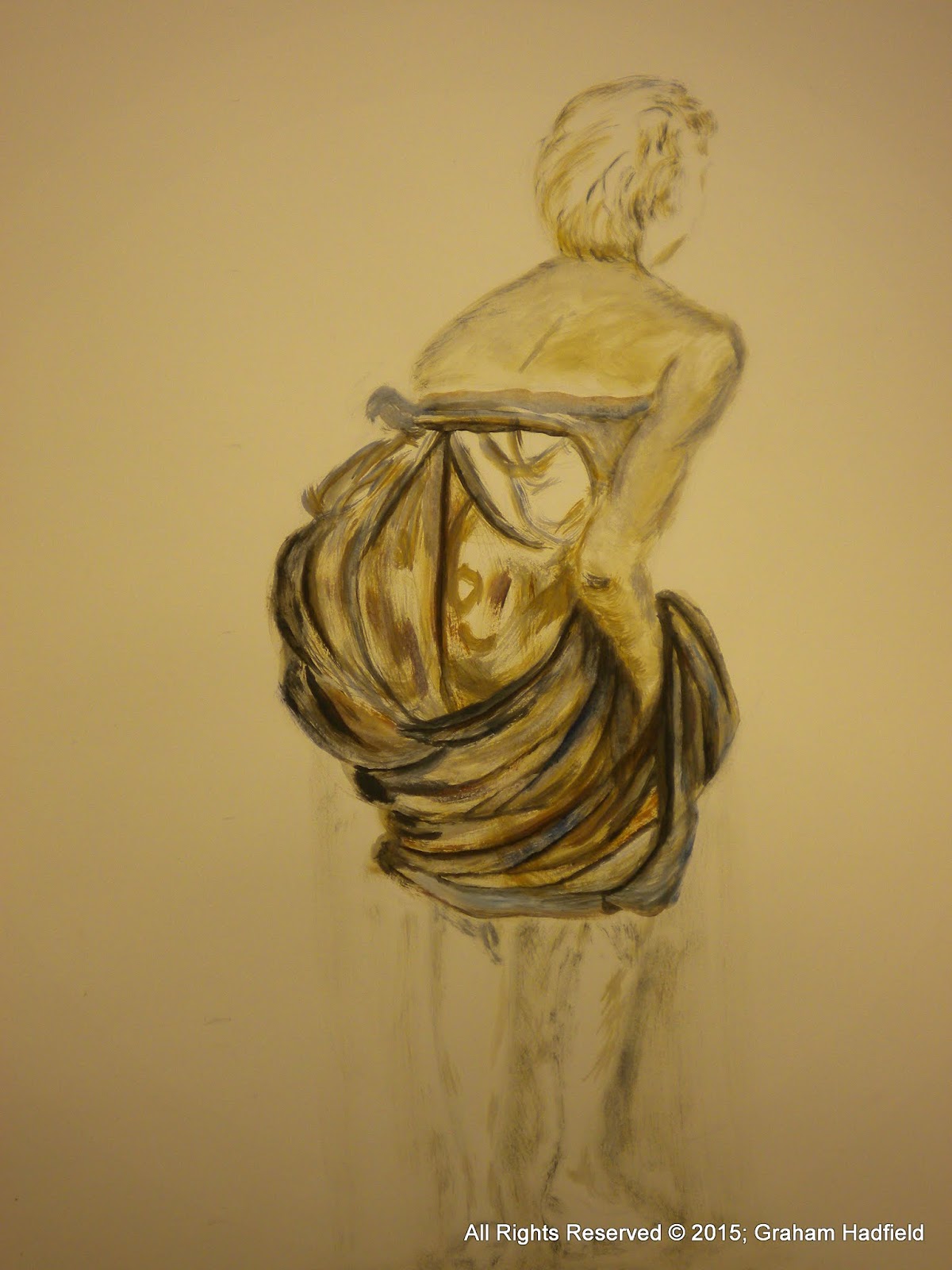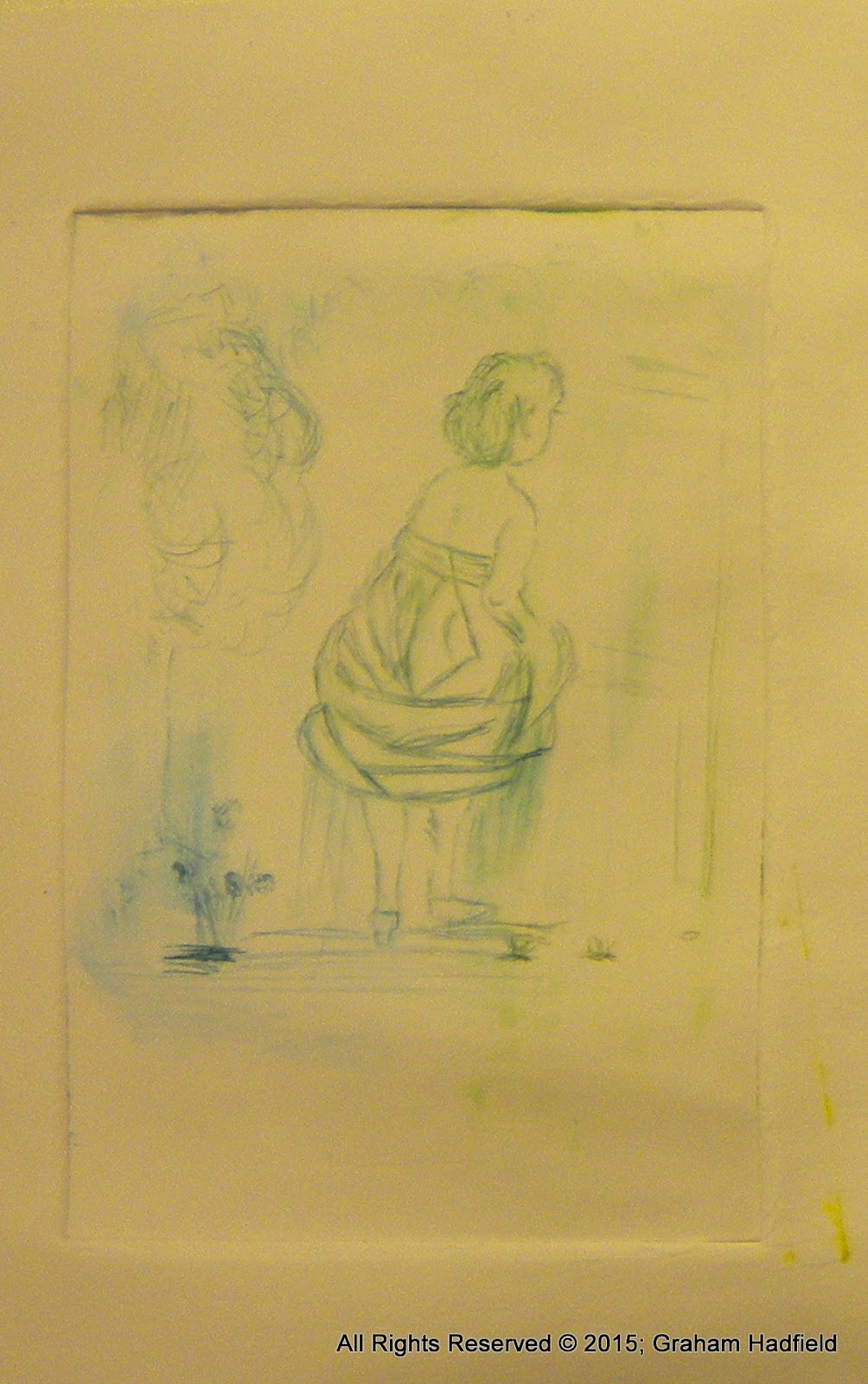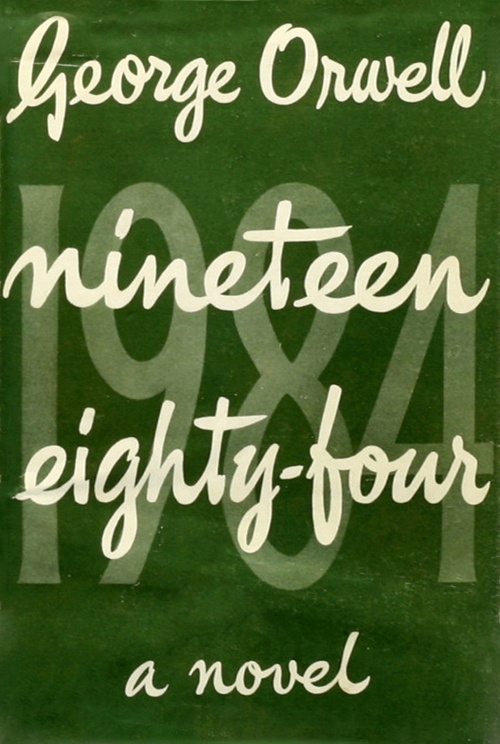Today we will be looking at the work of Donald Judd and his "Specific Objects".
So far in this series of lectures, we have been looking at two-dimensional drawings and images and also some three-dimensional sculptures. We are now moving into the rounds of three-dimensional sculptures which are neither sculptures nor paintings.
In the book entitled "Modern Sculpture Reader" which is a series of essays, by a number of different artists, and also contributed to by Donald Judd in 1963, - he makes a very clear point in the development of contemporary art, that the practices and identifiers of drawing, painting and sculpture, at this point in time in 'our' (i.e. in 1963) culture, begins to 'break down'.
Since the end of the 1950s the Whitechapel Gallery has been the vanguard of contemporary art. Donald Judd was exhibiting here in 1970, - very close to the approximate end of 'modernism'.
The writer and art critique Clement Greenberg pointed out some time earlier, that each medium has its own qualities, when he wrote about such suggesting that painting equalled flatmates and two-dimensional allergy with the ability to create illusions, and sculpture equals three-dimensional is and had very traditional materiality.
However during the 1960s Robert Morris another artist, who was to make some exemplars of the new "Minimalist" sculpture, also wrote extensively about Sculpture and its' changes in an essay entitled "Notes on Sculpture", and turned his thoughts and attention on sculpture creation (although he didn't think of himself as either a sculpture or a minimalist) and three-dimensional study. In 1965 he wrote "specific objects" which was an essay of art criticism, written by an artist himself, making a linear narrative. In his article, he says "half or more of the best new work that has come out in the last few years is neither painting or sculpture" he goes on to talk of the diversity of work which is neither one thing or the other it cannot be classified to define it clearly. Classification can only be done after it has been written about by the critics themselves.
In this concept of painting and sculpture merging and being undefinable, consider the work by Paul Cézanne and his late works such as the forest scene "apart from etc". In that painting, and it is clearly the painting, it is possible still to discern that there is representation of foliage entreaties and also the steps to a path leading through the centre of the painting. Compare this against the works of the sculpture of Brancusi and "endless column". The Brancusi work is made from a single piece of what with repetitive shapes carved out of it. It is clearly a sculpture, even though it is flat it does stand and three-dimensional's. To put these two works into contexts, Donald Judd describes these sorts of objects as "specific paintings or specific cultures" however, Judd also talks of the work by Jasper Johns "false start" (1959), of an expression of the brushwork itself. In Jasper Johns's pencil technique's incorporated within the drawing or is it a painting or is it a sculpture, (Greenburg would've hated the work because it also includes text). Therefore it can be seen that in Jasper Johns work it becomes neither painting no sculpture.
Many things were happening during the 1960s, as pop art was also a very new concept and many artists were including other artists work within their own. (For example Frank Stella (1963) "Carl Andre", which refers to the scandal this minimalist exhibition of bricks placed at the Tate modern in the 1960s). In other words art in a sense at this stage has lost its subject matter and categorisation. The challenges of the nature of the object, and the nature of the Gallery are not only transposed, they are mashed. Frank Stella's "object" is neither a painting no sculpture in so many senses. It is in between a painting or sculpture and cannot be easily defined.
In another work of 1959 Lee Bonteque and his work on entitled object which was made in sections of steel, in this work it seems that printing becomes a sculpture or "a specific object", which is an extension between painting and sculpture.
A little later in 1964, Yayoi Kusama's work "compulsion furniture (accumulation)", has successfully created this in between-ness state in both the work and also its making, whilst the whole piece is equally making a feminist statement. Consider also the work of Claes Oldenburg and his piece "small yellow pie" (1961), this piece creates a strange and peculiar concept of objects which were made from muslin soaked in plaster, draped over wire and painted in enamel.
Donald Judd also notes in the essay that "the use in three-dimensional's, allows the use of all sorts of new and different materials of industrial production". For example, we can now paint with a fluorescent light. We can even put a neon light into a gallery and call it art, like for instance, Dan flower things "Pink out of the corner to Jasper Johns" (1963), which was indeed a fluorescent light and the metal fixture made to create a "specific object" that is neither a painting or sculpture. Pieces such as this were a radical diversion of art during the 1960s.
Claes Oldenburg's "Soft Switches (version 2)" is another example of an object, which was made from vinyl, filled with Dacron and canvas. It is neither a painting or sculpture, although it's qualities make you think it might be both.
If we now move away from Donald Judd's essays and onto his own artwork, like "Relief" (1961) which was made from oil on board, with an inserted steel baking pan, it creates an unique Judd 'specific object'.
Compare this with the later piece by Donald Judd in 1967, called medium; lacquer on galvanised


iron. Compare this with some of the original sculpture such as Brancusi's wooden form. Judd's work shows repetition, like Brancusi's, but it also shows separation, and the industrial materials of steel and lacquer is really an investigation about car manufacture. This therefore means that the work, unlike Brancusi's, required industrial fabrication that the artist himself could not do. To me it also has some illusions towards drawings, and it's qualities of defining tone shade lightness and darkness. In fact if we scrutinise some of jobs drawings these were of such delicacy and accuracy, and yet were also used by these other fabricators, to manufacture the final works that job the artist had in mind. He was often criticised for not being minimalist enough. However, Judd never accepted himself as a minimalist. He was generally working against the traditional ideas of sculpture, even though the classification of his work was often mixed with sculpture of the traditional sort.
(For example a very contemporary piece by David Smith in 1963 entitled "Qubes" which was a very contemporary object in that it was made from cubes arranged to look like human form and clearly a sculpture).

Towards the end of his career, for example, Donald Judd's "Painted Aluminium" (1991), -where the work is neither a painting or sculpture as it is a fabricated piece, in that the colours and their subtle changes cause a change to the whole objects' nature, and so, it also appears as sculptural form.
See a full and complete bio of Donald Judd at
http://www.visual-arts-cork.com/sculpture/donald-judd.htm
Because of Judd's work in 1965 and his essay "specific objects", he created the start, and an enabler as such, to position were contemporary art is placed now, as "post-modernist". Donald Judd's essay was therefore a key turning point in Art history.
 Having spent most of this week working on scales of the Charles Bargue drawing of "The Opinion of The Model" (1905) and re-interpreting it after an element of adaptation to a 6 foot by 4 foot scale, I worked on with the A0 size re-interpretation based solely on form, rather than line. As per my previous blog, I'm reasonably happy with the result...
Having spent most of this week working on scales of the Charles Bargue drawing of "The Opinion of The Model" (1905) and re-interpreting it after an element of adaptation to a 6 foot by 4 foot scale, I worked on with the A0 size re-interpretation based solely on form, rather than line. As per my previous blog, I'm reasonably happy with the result...



















































